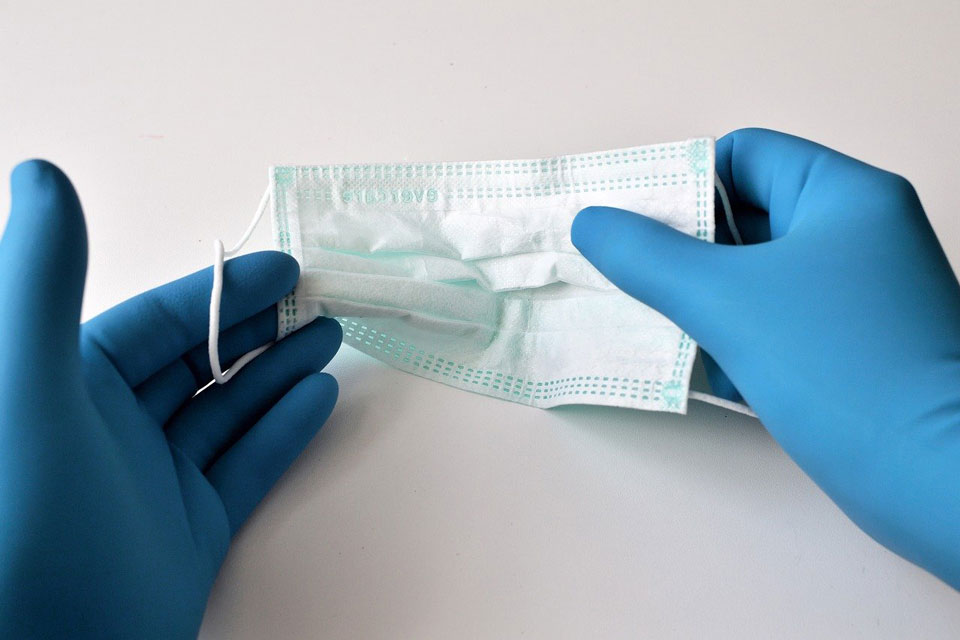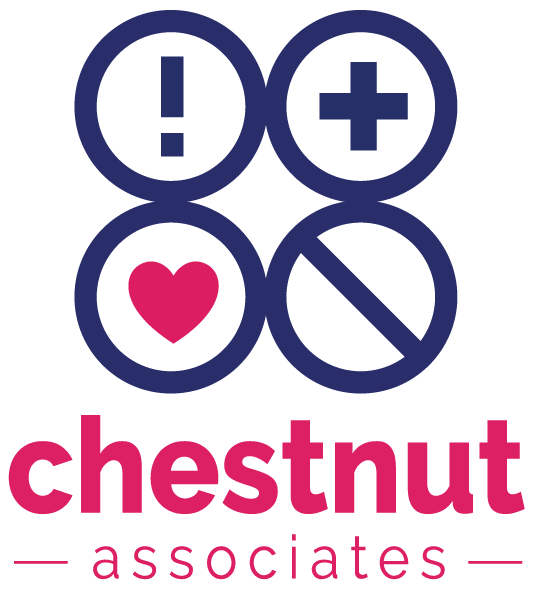PPE seems to be the buzzword at the moment!
It would seem everywhere we turn at the moment we can’t escape PPE (Personal Protective Equipment). It’s on TV, social media and the newspapers.
During the last few months of the Coronavirus – COVID-19 pandemic there were a number of companies/people that stockpiled PPE, that then left UK with a severe lack of PPE. This then caused issues for our key workers such as nurses and medical professionals, teachers, refuse collectors, postal workers and customer facing staff with some huge issues of not being able to protect themselves. As we went into lockdown so many companies had to close business so again the availability was an issues. The UK also had issues with further supplies getting into the UK.
What’s PPE you maybe asking?
PPE stands for personal protective equipment.
It includes items such as masks, safety helmets, gloves, eye protection, goggles – wearable items designed to keep people safe.

Why is PPE important?
These pieces of equipment help to reduce the risk of people from harm. PPE should be a last resort. There needs to be a risk assessment carried and the results will show exactly what is needed. Making the workplace safe includes providing instructions, procedures, training and supervision to encourage people to work safely and responsibly.
Even where engineering controls and safe systems of work have been applied, some hazards might remain. These include injuries to:
- the lungs, eg from breathing in contaminated air
- the head and feet, eg from falling materials
- the eyes, eg from flying particles or splashes of corrosive liquids
- the skin, eg from contact with corrosive materials
- the body, eg from extremes of heat or cold
PPE is needed in these cases to reduce the risk.
Who should wear it?
You should ask yourself the following questions:
- Who is exposed and to what?
- How long are they exposed for?
- How much are they exposed to?
The risk assessment will highlight all of this information
Other information about PPE
- Choose equipment that suits the user – consider the size, fit and weight of the PPE. If the users help choose it, they will be more likely to use it.
- If more than one item of PPE is worn at the same time, make sure they can be used together, eg wearing safety glasses may disturb the seal of a respirator, causing air leaks
- Instruct and train people how to use it, eg train people to remove gloves without contaminating their skin. Tell them why it is needed, when to use it and what its limitations are.
- Choose products which are CE marked in accordance with the PPE Regulations.
- All training needs to be documented.
- Never allow exemptions from wearing PPE for those jobs that ‘only take a few minutes’
- Check with your supplier on what PPE is appropriate – explain the job to them
- If in doubt, seek further advice from us.
Here is some further reading from the HSE https://www.hse.gov.uk/toolsbox/ppe.htm
Here is the Government Guidelines – https://www.gov.uk/government/publications/wuhan-novel-coronavirus-infection-prevention-and-control/covid-19-personal-protective-equipment-ppe
Please do contact us for any further guidance


